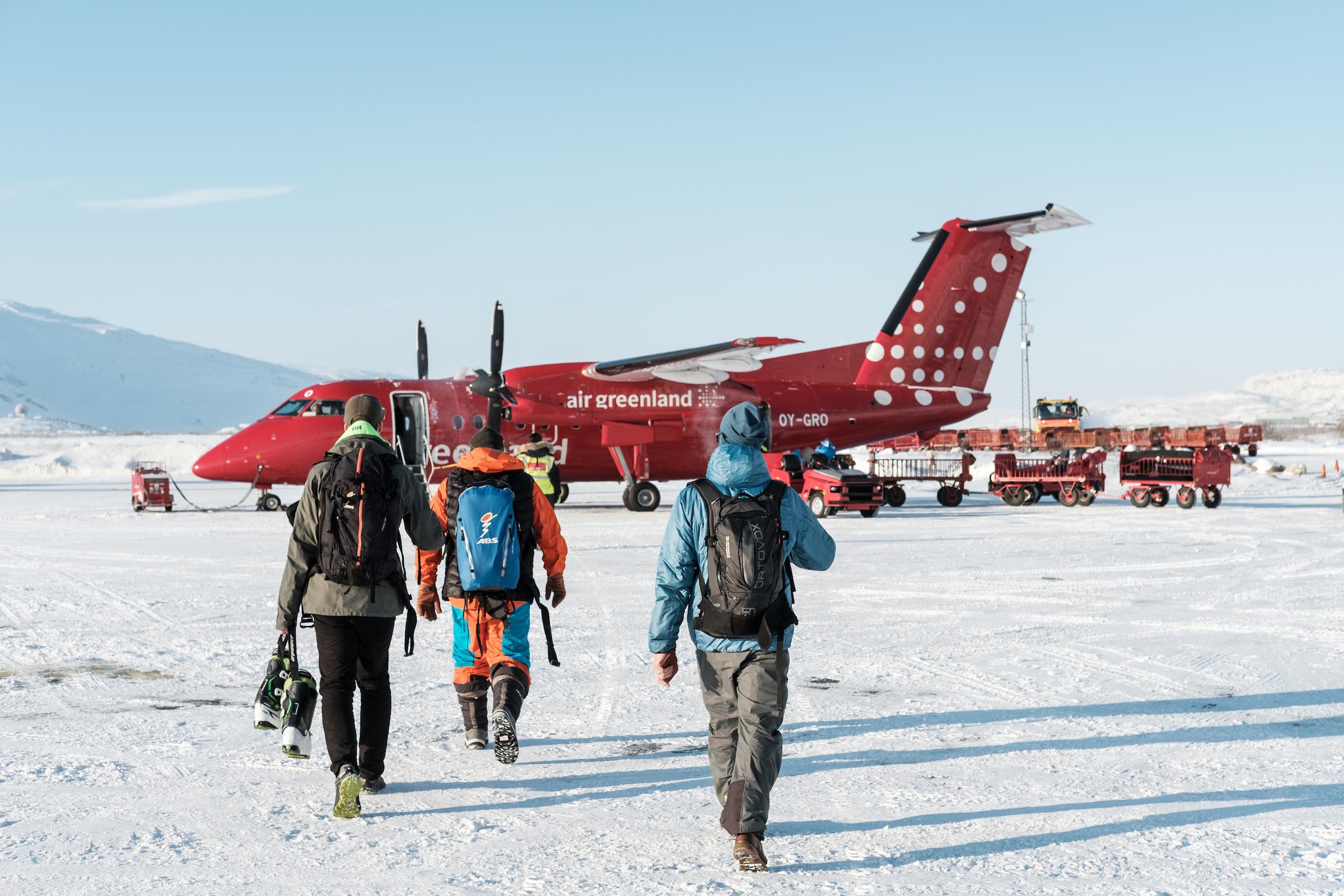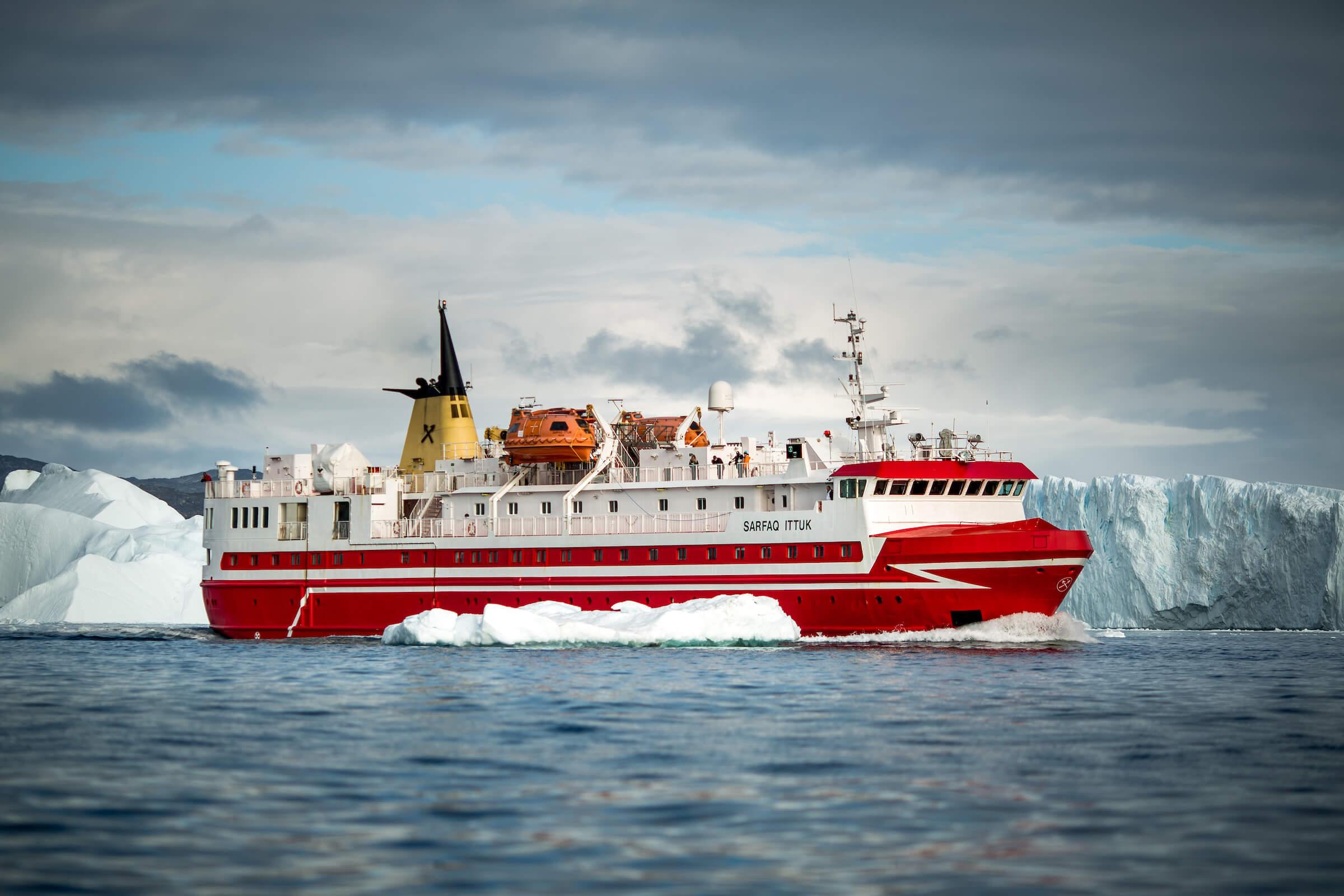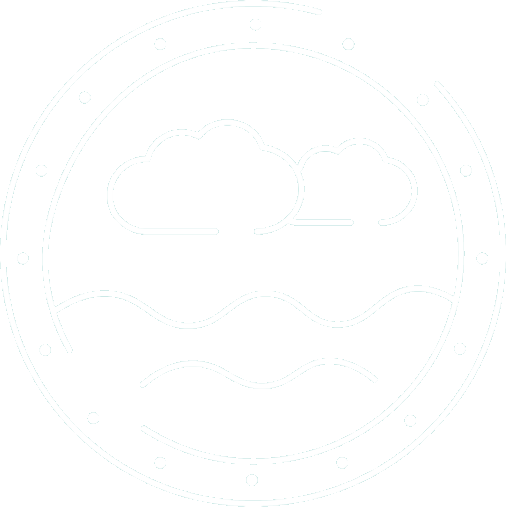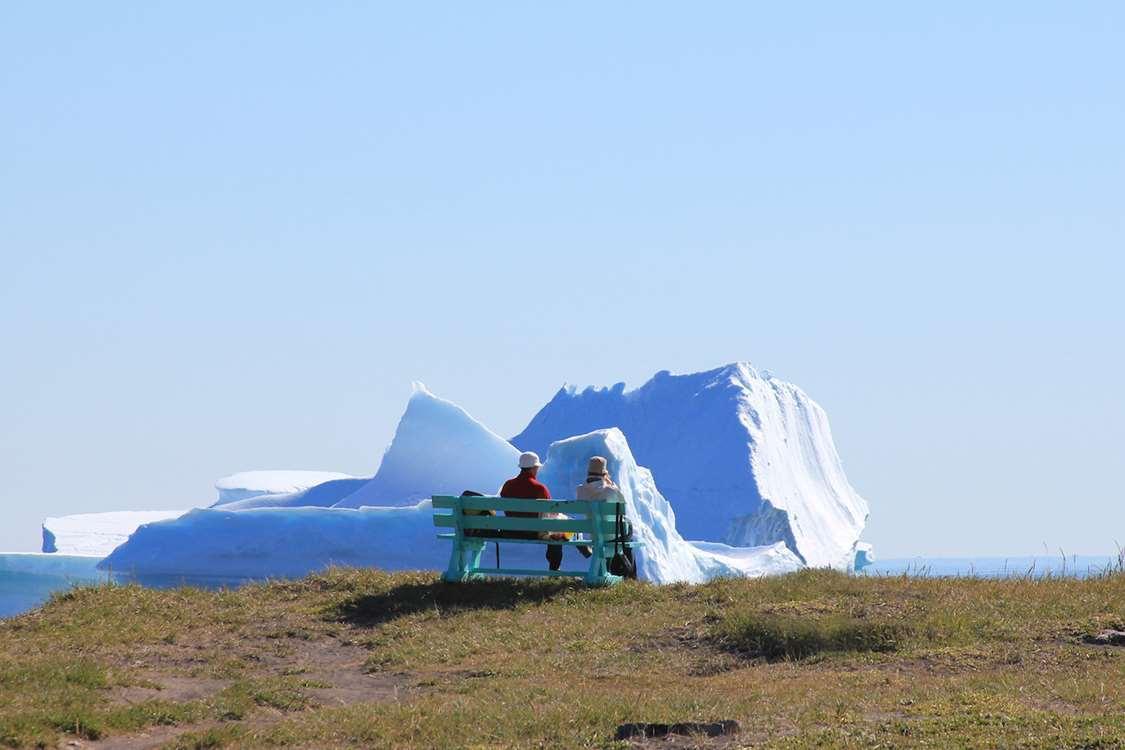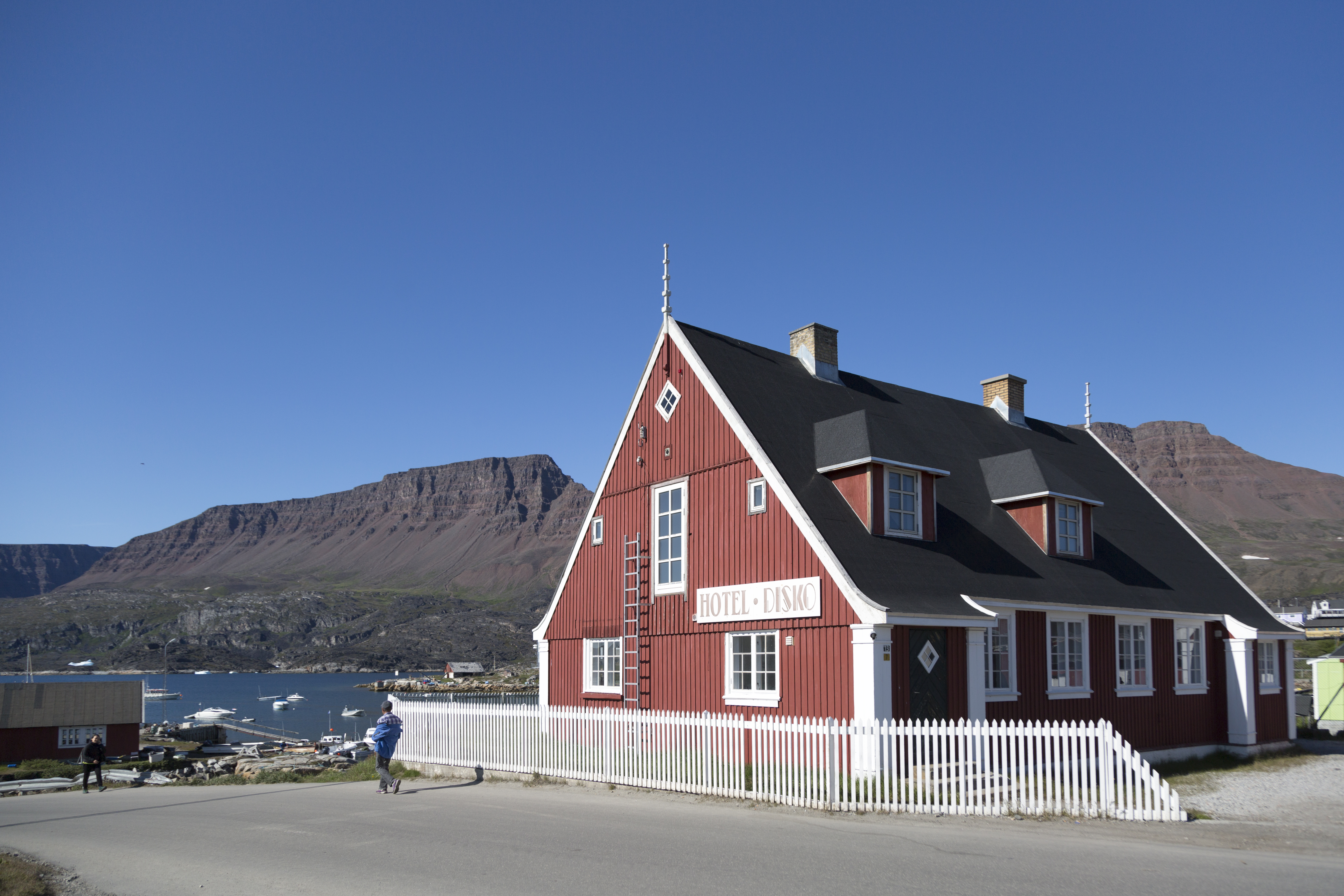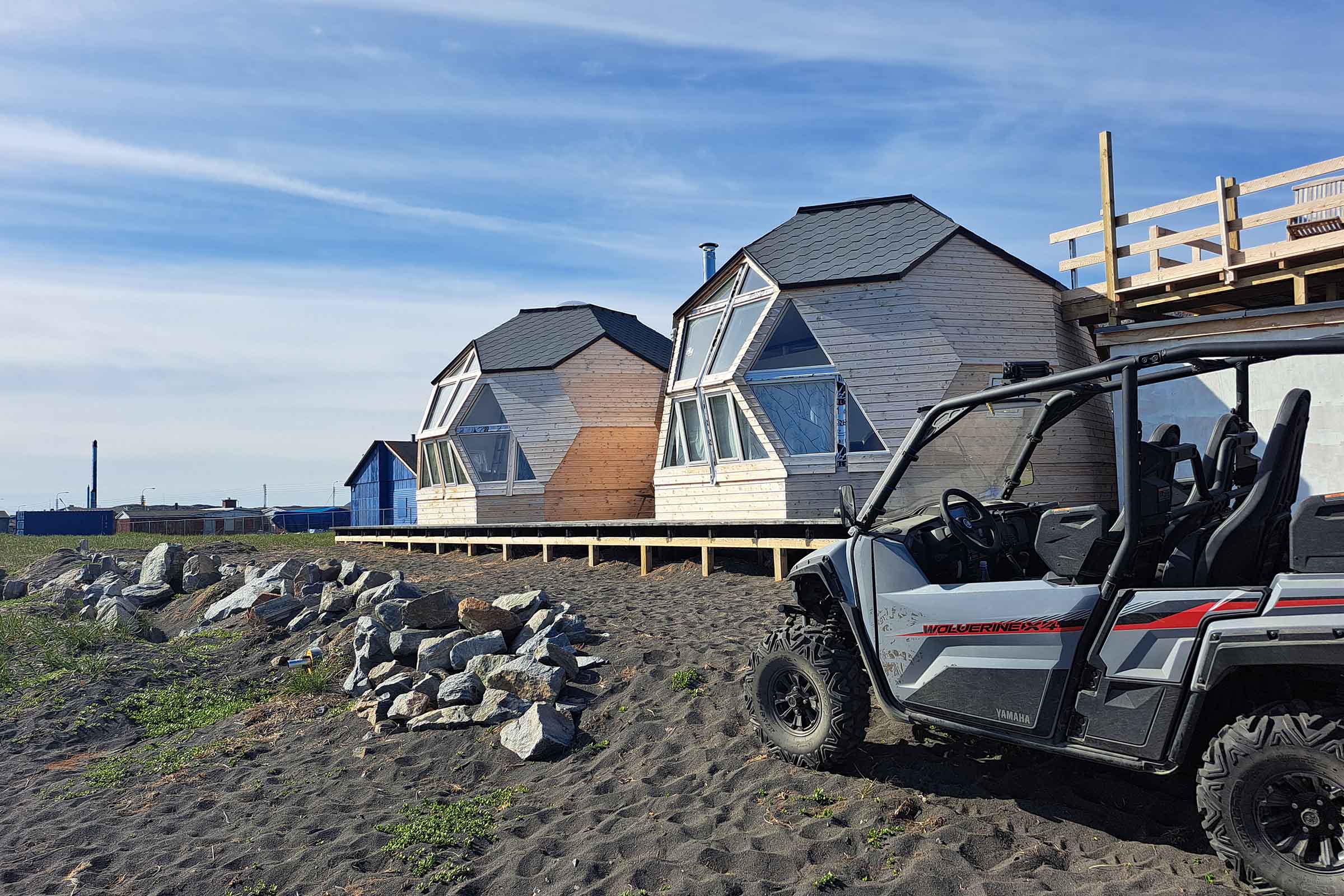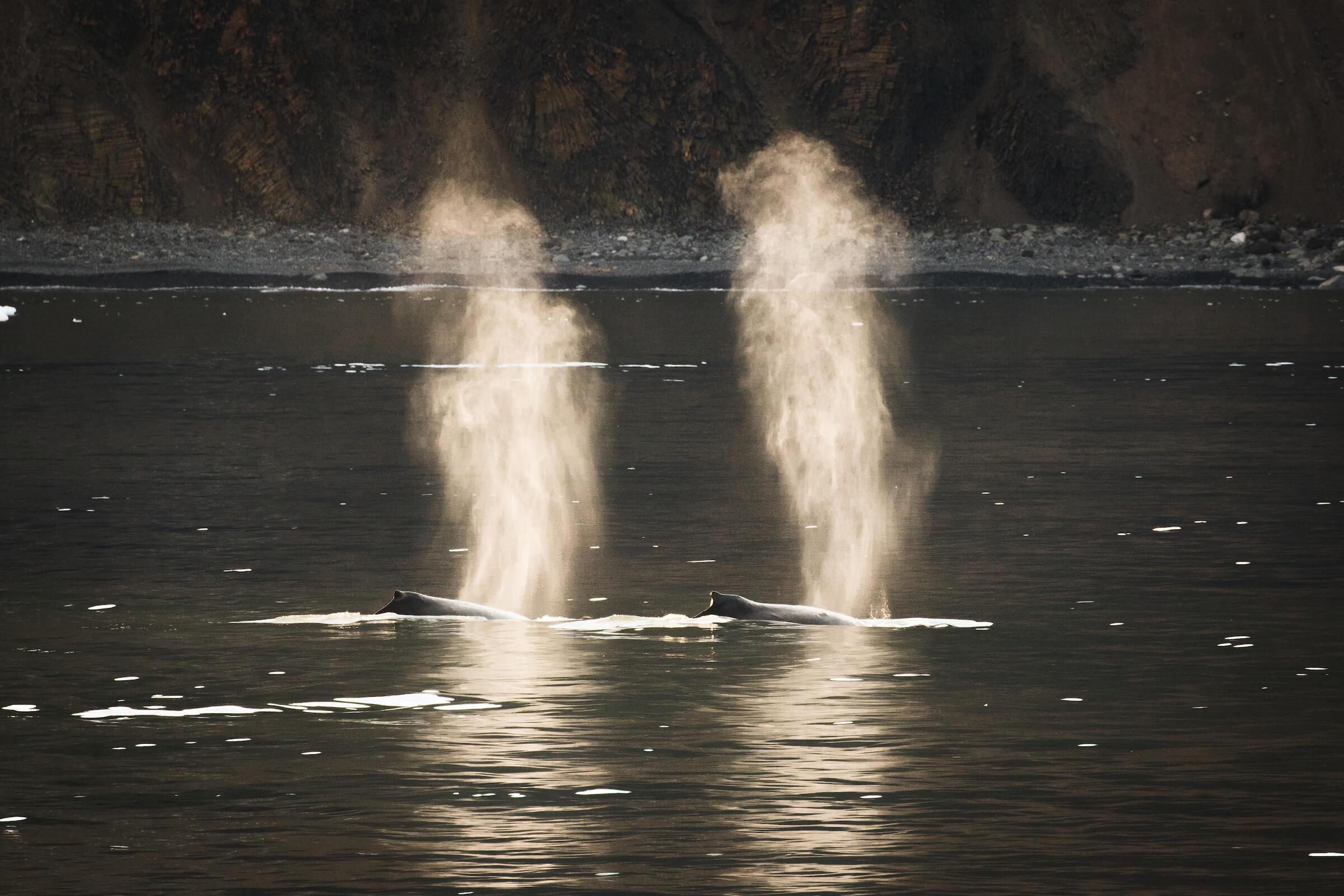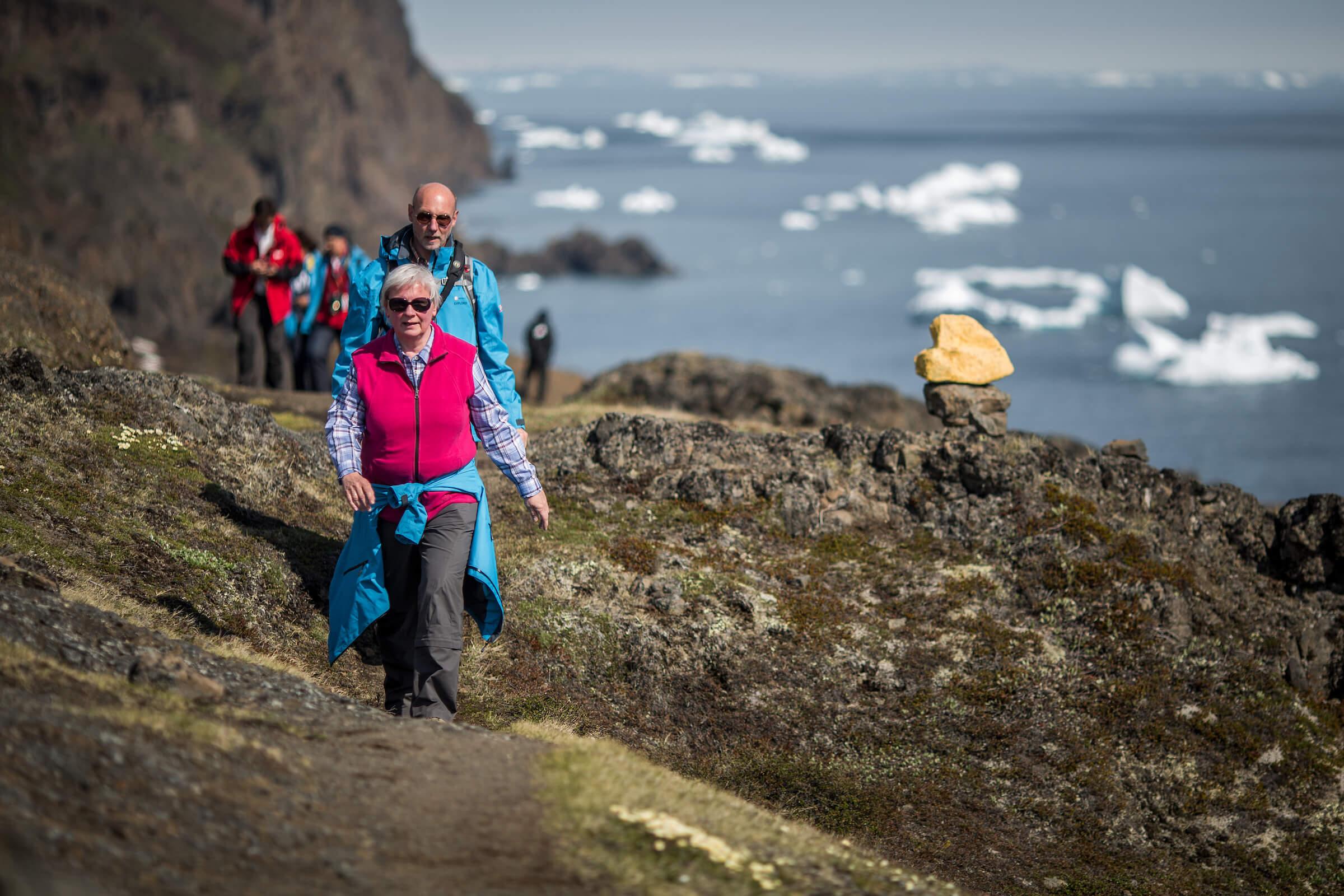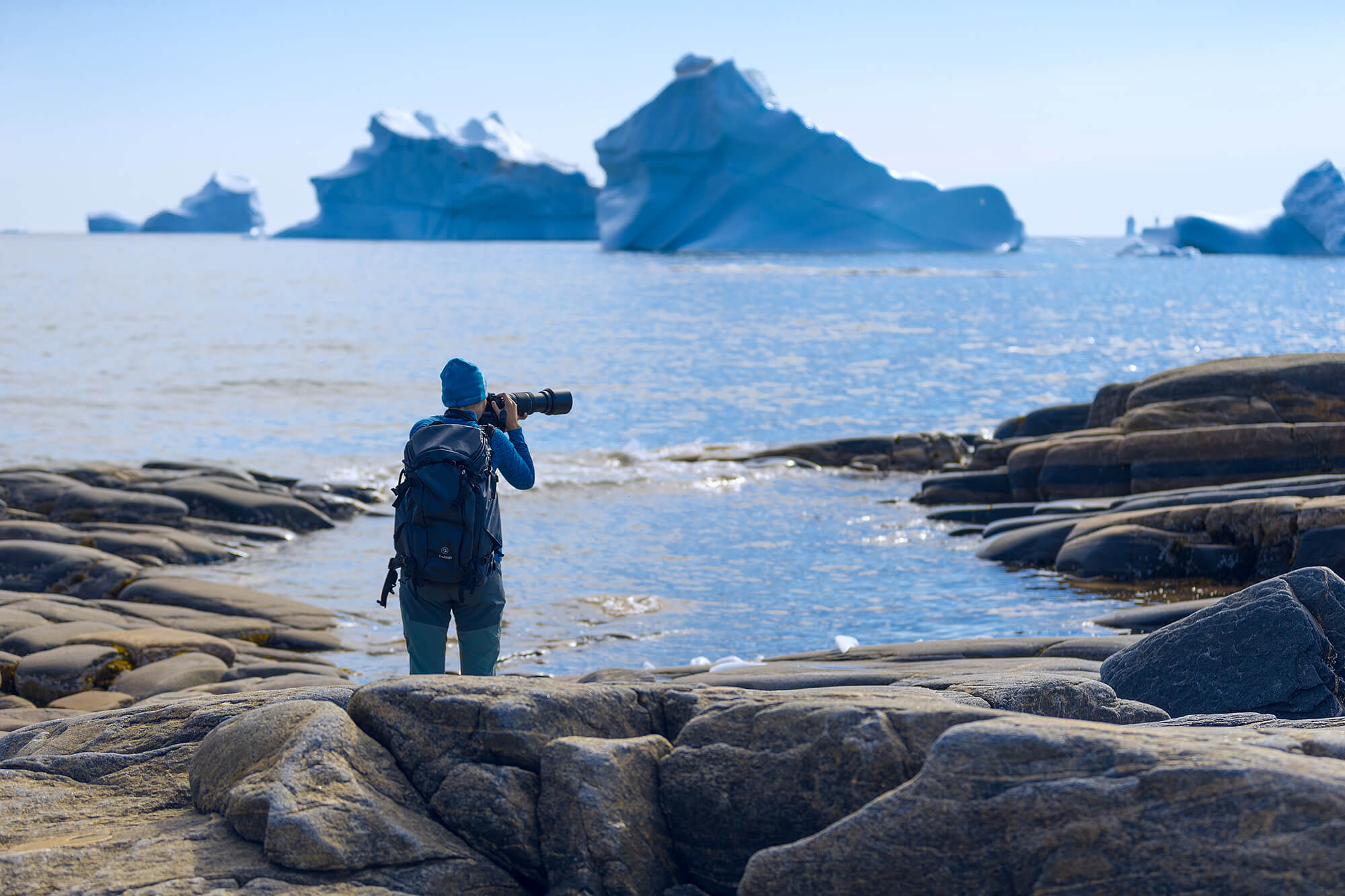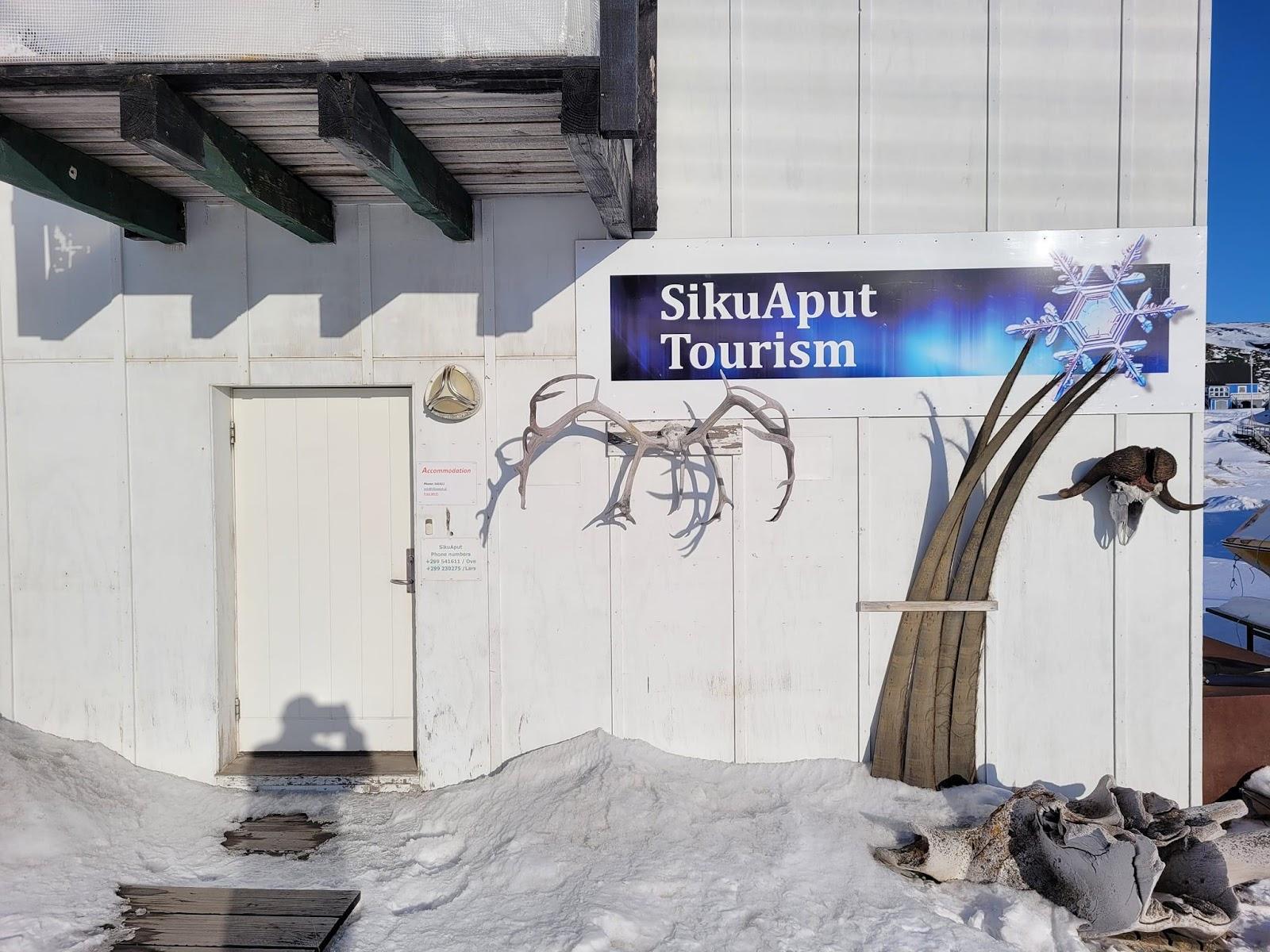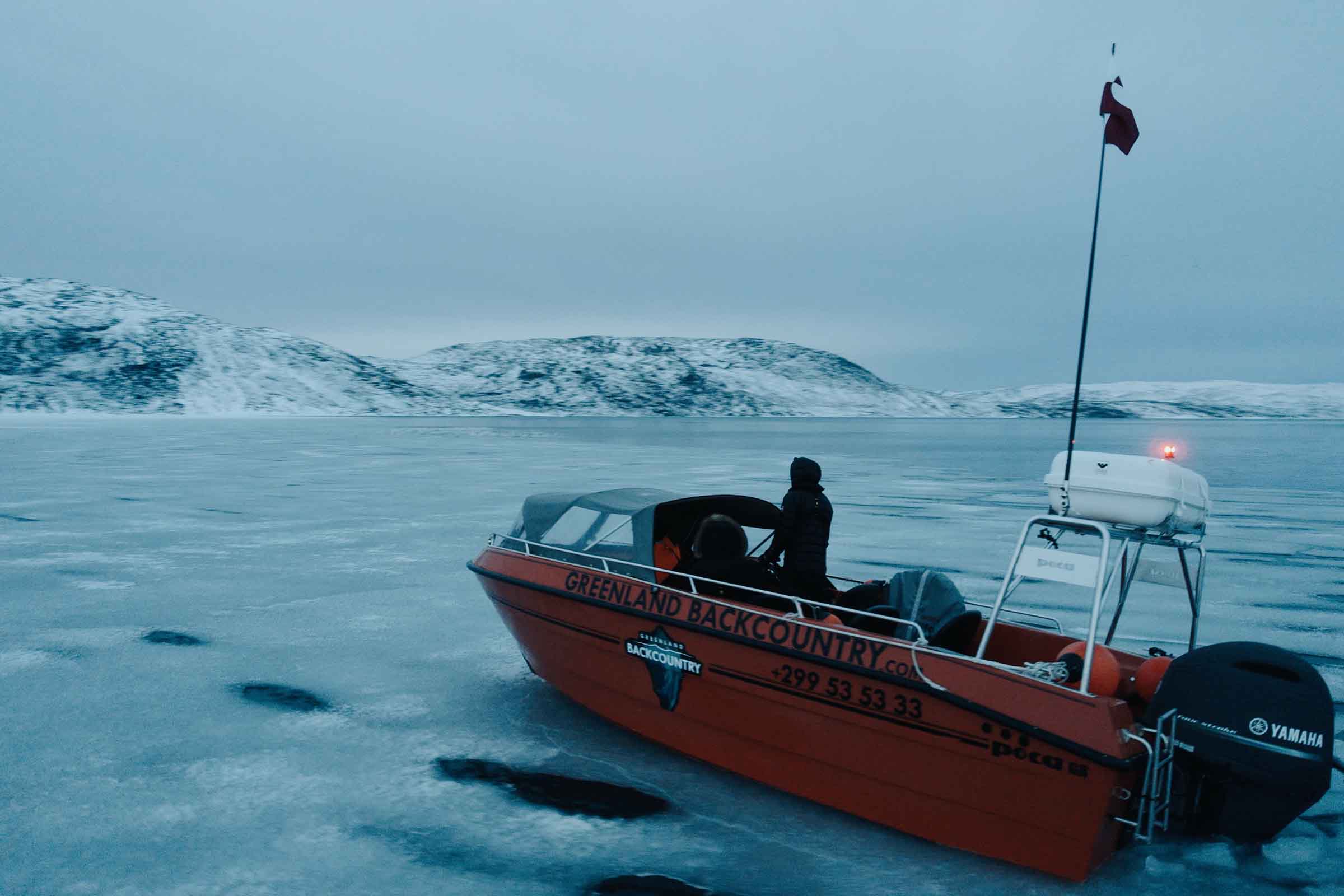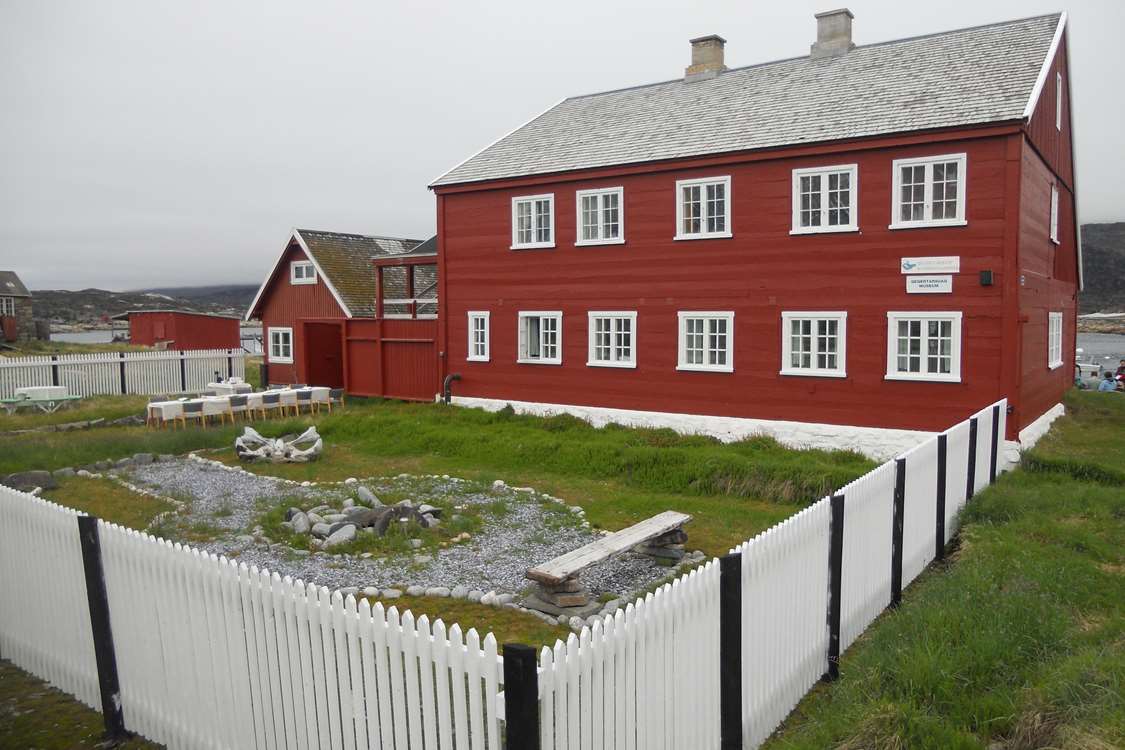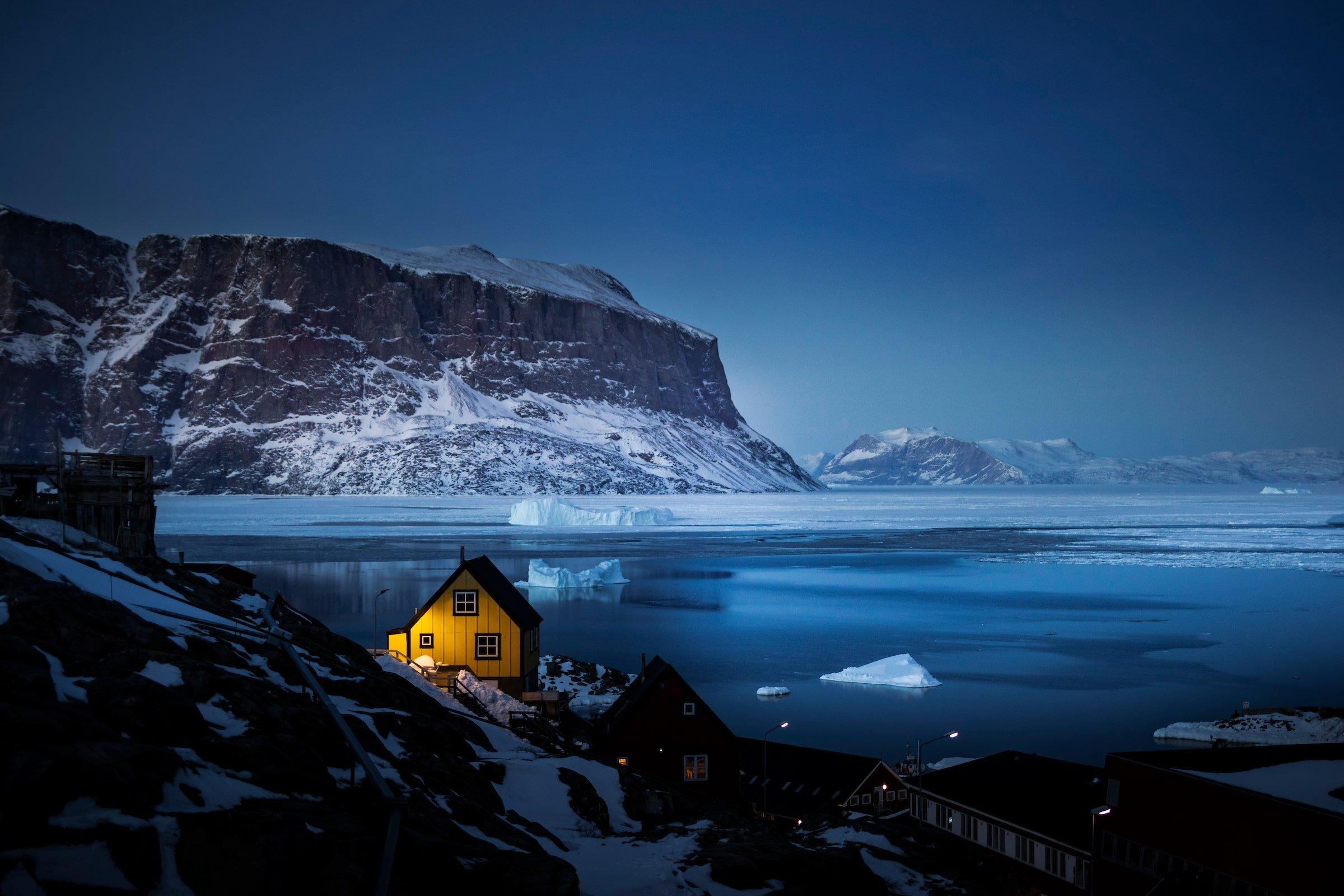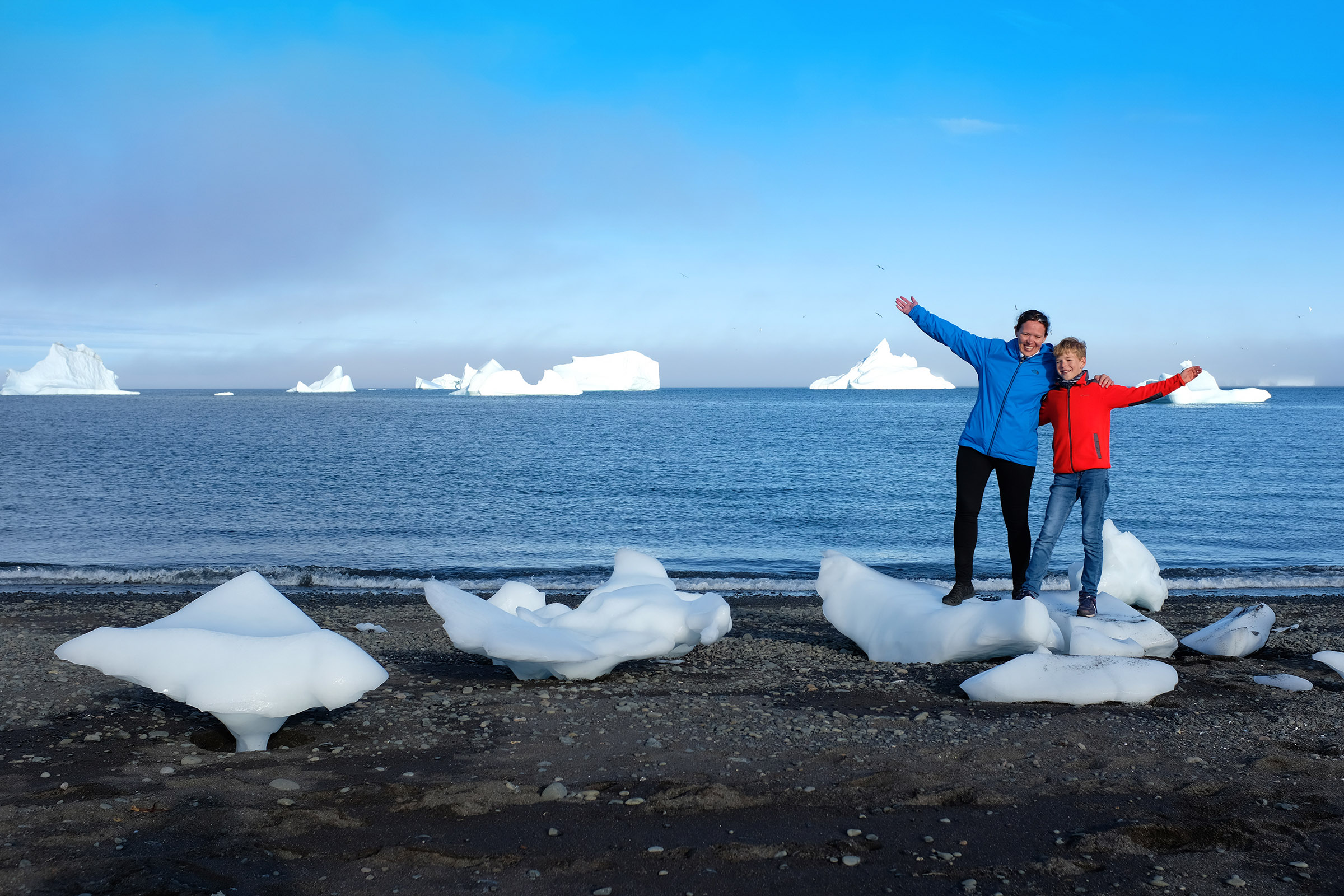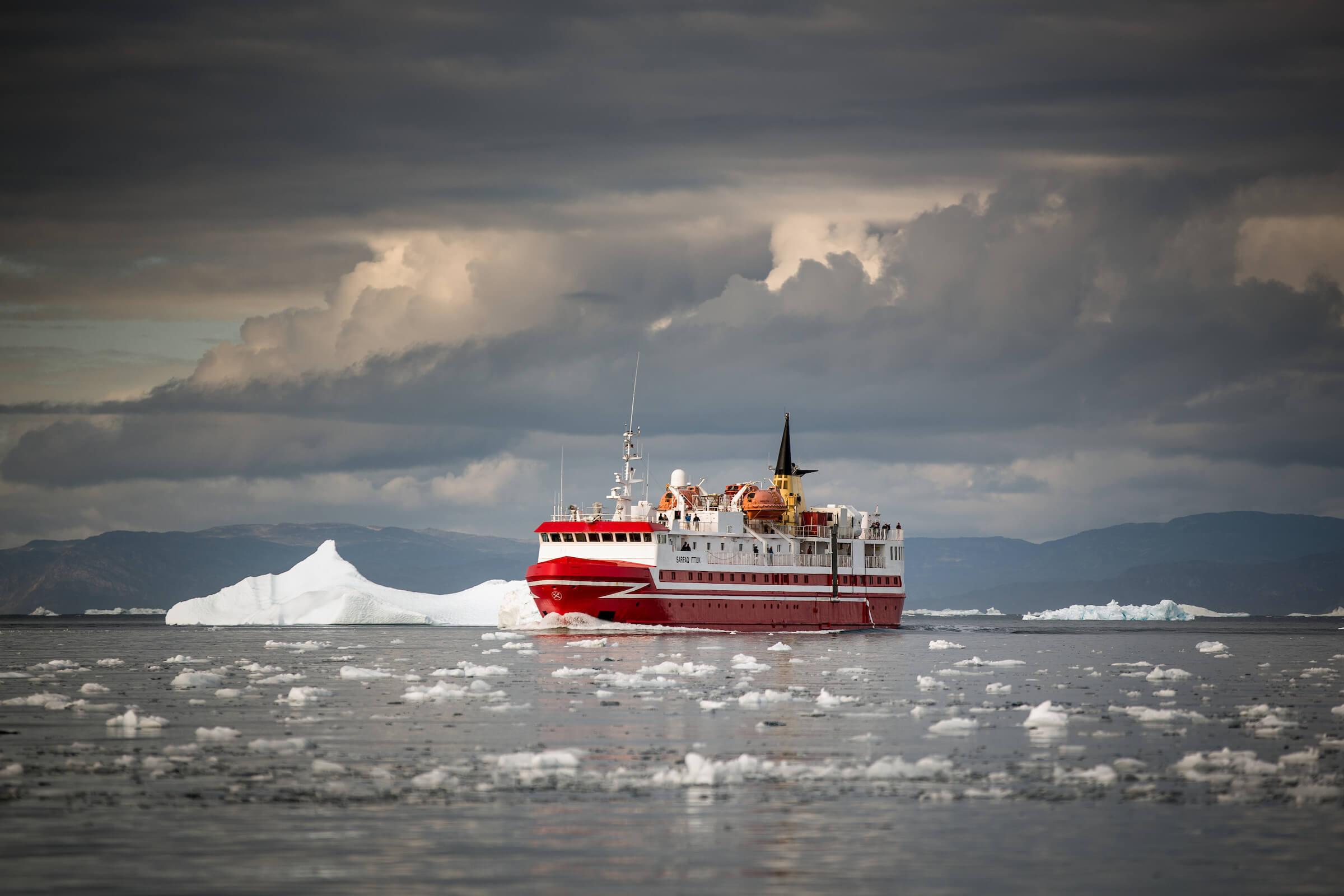Unique in Greenland, Qeqertarsuaq's black sand beaches and volcanic rock formations offer unusual whale watching and hiking opportunities in Disko Bay.
Quick facts
Facts about Qeqertarsuaq
- Greenlandic legend says that Qeqertarsuaq stands out so verdantly in Disko Bay because it was not originally located here. Due to its size, Qeqertarsuaq was in the way for hunters. In order to protect it, two hunters pulled it from its original position in South Greenland with nothing but their kayaks and a single baby’s hair. As it entered Disko Bay, a witch in Ilulissat spied the lush green island heading north and cast a spell to run it aground where it stands today.
- Although the Lyngmark glacier is the most easily visited, it is much smaller than Disko Island’s enormous Sermersuaq Glacier (“Grand Glacier”) that lies further inland.
- Rasmus Lerdorf, co-author of the PHP scripting language, was born in Qeqertarsuaq.
- Qeqertarsuaq means “big island” in the Greenlandic language. Its Danish name was Godhavn, which means “good harbour” due to its naturally sheltered harbour, when it was a colony.
Useful information
Tips
-
Qeqertarsuaq has one Pilersuisoq supermarket that stocks a little of everything (including limited, basic camping supplies), as well as the Amiisoq convenience store.
-
Souvenirs are often sold near the supermarket in the centre of town, but make sure you take the short walk out to Kuannit Art to discover high-quality, original creations by a local artist.
Closest ports of entry:
Tourist information:
Useful phone numbers:
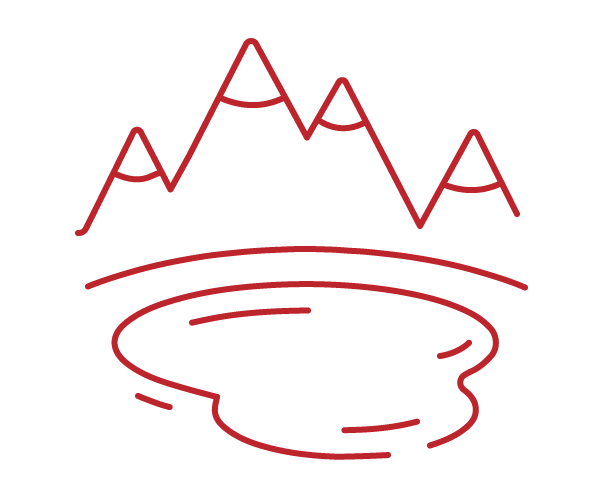
Why Qeqertarsuaq
Qeqertarsuaq is unique in all of Greenland. Featuring black sand beaches littered with small sparkling ice fragments, tall reddish-black mountains that rise precipitously above its colourful buildings, an impossibly lush backcountry in which more than half of Greenland’s plant species are found, and artistically contorted columns of basalt rock, Qeqertarsuaq stands apart in Greenland’s only volcanic region.
Hikers, in particular, are drawn to the unusual geology and colourful landscapes around Qeqertarsuaq, which also offer front-row seats to the enormous icebergs and some of the best whale watching in Disko Bay.



 View map
View map